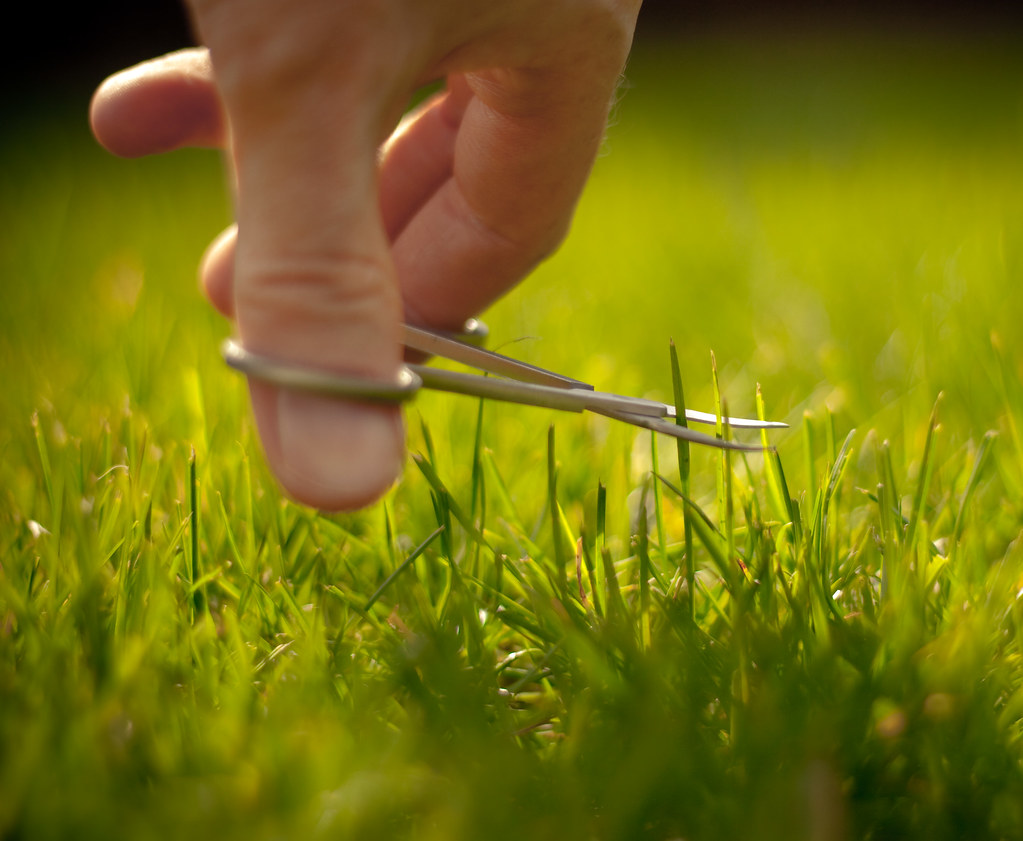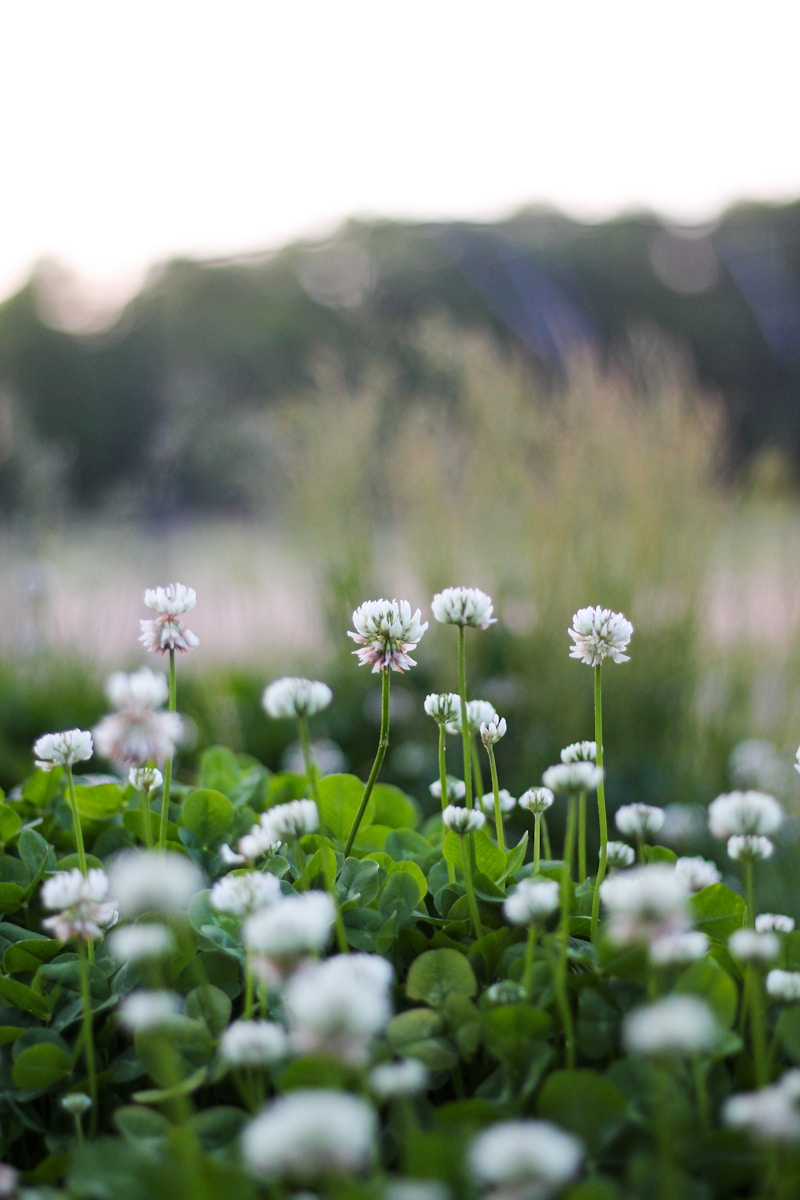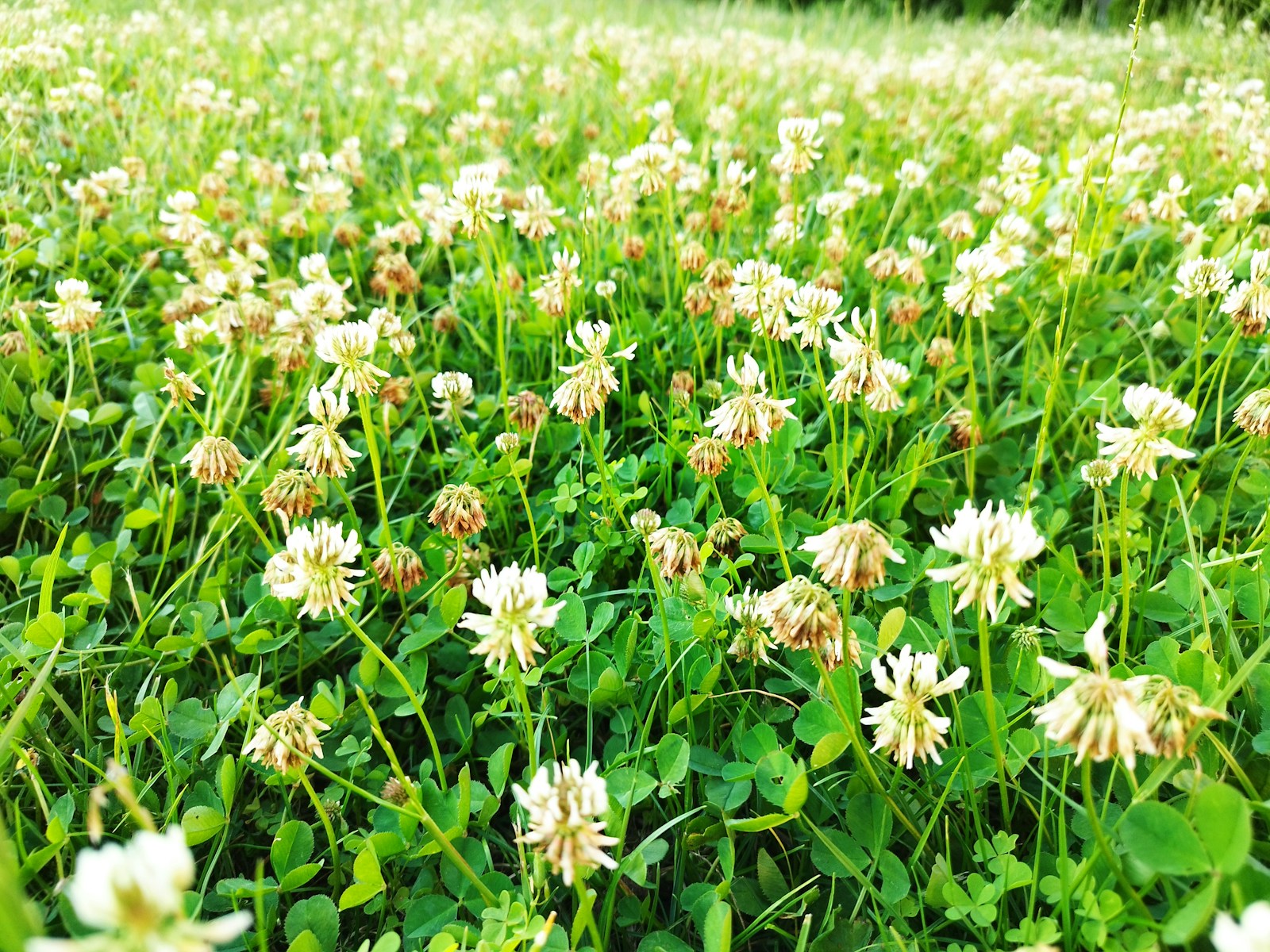Dear Seasoned Spade,
I want a lush, green lawn, but I don’t want to use all those chemical fertilizers and weed killers. Is it actually possible to have a healthy lawn naturally, or is that just a fantasy like my neighbor’s perfect yard that I swear has to be artificial turf? Help me keep it real!
Signed, Grass-Roots Effort in Lexington, KY
The Turf Wars Are Real
Ah, the great American lawn obsession. There’s nothing quite like gazing out at your yard, dreaming of a verdant paradise—only to see a patchy, weed-infested disaster that looks more like a failed science experiment than a lawn. And sure, your neighbor’s yard looks perfect, but at what cost? Probably a small fortune in fertilizers, pesticides, and a suspicious amount of weekend effort.
But fear not! A healthy lawn without the chemical warfare is totally doable. It just takes a little patience, some know-how, and a willingness to embrace the wild side (within reason—no need to let it turn into a prairie).
Grass Roots Revolution
First things first: ditch the idea that a natural lawn means neglect. It’s all about working with nature, not against it. Start with your soil—because healthy soil equals healthy grass. Get it tested (yes, really) to see what nutrients it’s lacking. Think of it like a lawn health check-up. Once you know what your dirt needs, you can feed it with compost, organic fertilizers, or even a good ol’ layer of grass clippings.
Next up: mowing. Stop scalping your lawn like you’re prepping for a buzz cut. Set that mower high—about 3 inches—so your grass can grow deep roots and shade out pesky weeds. Plus, taller grass holds moisture better, which means less watering. And speaking of water, ditch the daily sprinkle routine. Deep, infrequent watering encourages roots to grow deeper, making your lawn more drought-resistant. Water like you mean it, but not too often.

Let’s talk about weeds—because they will show up. But instead of reaching for a chemical cocktail, try some good old-fashioned elbow grease. Pulling weeds by hand (while muttering about how they’re ruining your life) is surprisingly effective. And for the stubborn ones, a little corn gluten meal can act as a natural pre-emergent to keep them from sprouting in the first place.
Finally, overseed your lawn in the fall to crowd out weeds and keep things thick and lush. Choose grass varieties suited to your climate—because let’s be honest, planting the wrong type of grass is like wearing flip-flops in a snowstorm. It just won’t work.
Keep Calm and Mow On
Look, getting that picture-perfect natural lawn won’t happen overnight. You might have to put up with a few weeds, some bare spots, and a judgmental glance from your neighbor. But stick with it, and your lawn will thank you—with fewer pests, less maintenance, and a whole lot more backyard BBQ potential.
So go ahead, embrace the natural lawn life. Your grass—and the environment—will be better for it. And hey, if all else fails, just remind yourself that dandelions are technically flowers.
Seasonedly yours,
The Seasoned Spade



